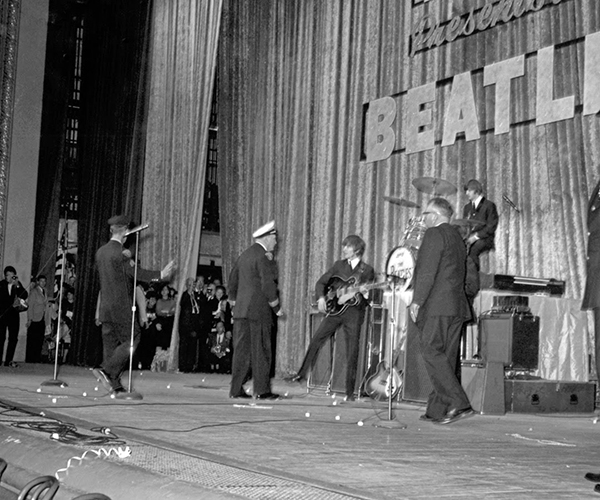How to: Make a Wise Donation, Raise Giving Kids and Be a Good Volunteer
WITH REQUESTS for donations coming from all directions, how can you know if your money will be put to good use before you sign that check?
A number of Web sites allow potential givers to dig into a nonprofit’s background and financials, says Cynthia Bailie of Cleveland’s Foundation Center. Here are a few of her picks:
Charity Navigator — By evaluating the financial data that charities file with the IRS, Charity Navigator gives them a score for organizational efficiency and capacity. (charitynavigator.org)
Better Business Bureau’s Wise Giving Alliance — Charities complete a questionnaire; then, BBB rates them on 20 standards that include governance, financials, public accountability and fundraising tactics. For an additional fee, charities that meet all targets can license a seal of approval. (bbb.org)
GuideStar — This forum allows nonprofits to create profiles on themselves, augmented by user ratings and comments and GuideStar’s own financial research, some of which carries a fee to users. (guidestar.org)
RAISE GIVING KIDS
WITH EACH freshman class at John Carroll University, Peggy Finucane can usually tell who’s grown up volunteering.
“[Service] is so integral to their definition of self that they feel something’s missing when they’re not engaged,” says Finucane, who directs JCU’s Center for Service and Social Action. So how can you raise a kid like that?
Volunteer yourself. “The best way parents can [teach volunteerism] is to role model,” Finucane says. “They see it’s important enough that you do it too.”
Choose age-appropriate activities. Freaking them out with a project they’re not ready for might turn them off altogether. “Go visit first, and understand what the project is,” she says. “Then, spend some time talking about what to expect.”
But make them a little uncomfortable. “We try to figure out where [our students’] comfort zones are and push them a little bit past that,” Finucane says.
BE A GOOD VOLUNTEER
PAIR A VOLUNTEER with the right nonprofit, and you’ll have a long and rewarding relationship from which everyone benefits. Here’s how to find the right match and be the best volunteer you can:
Don’t pick the volunteer opportunity you “should” do but rather something you’re excited and passionate about doing, says Joy Banish of Greater Cleveland Volunteers. You’ll feel more satisfied, and the nonprofit will get your best effort.
Take a back seat when you’re asked to do, not lead. “You have to be open to new things and not be in charge,” Banish says.
Follow through on your commitment. Not getting paid doesn’t mean your presence is optional. “These organizations really depend on volunteers, so they’re relying on you to be there,” Banish says.
Get back in the saddle. If the fit isn’t right, give notice and explain your reasons, advises Brian Broadbent of Business Volunteers Unlimited. “But then continue to look for the right opportunity.”
in the cle
12:00 AM EST
November 17, 2009



